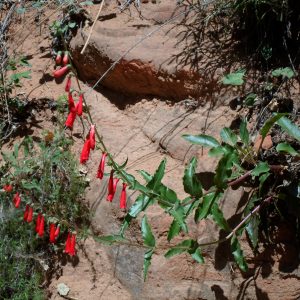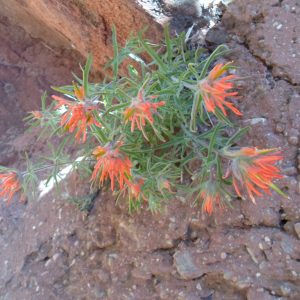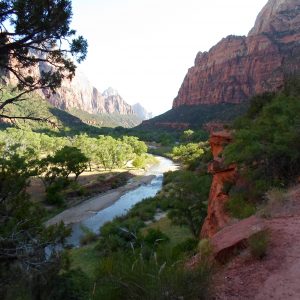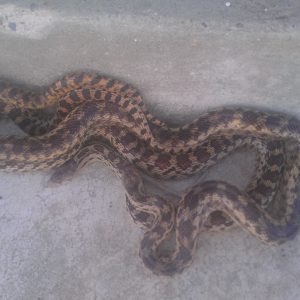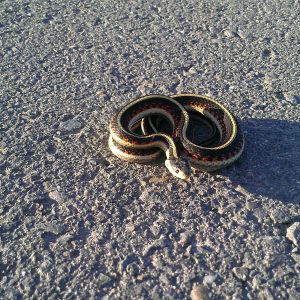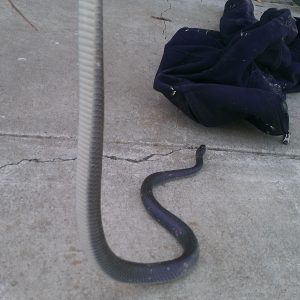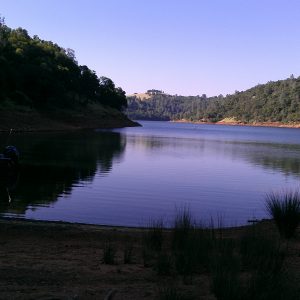I spent an entire day a few weeks ago re-learning GIS so I could make a map of the San Joaquin River Gorge. We were getting ready for a bioblitz, specifically a plant- and bug-blitz, a three-day long marathon of biological surveying combining the skills of our mentor, a photographer, a coleopterist from Berkeley, and a member of the Southern Sierra Foothill Conservancy, who provided the initial inspiration for the event.
The SJRG is a gem of a parcel just outside of Yosemite, featuring its own interpretive center with outdoor education programming, something of a rarity among BLM land. It is best known for its stunning views from the large footbridge which crosses the San Joaquin River.
Anyway, while mapping I noticed a layer called “cave.shp” describing the length of Millerton Cave, a pile of granite boulders. For some reason, I thought this map had been made with a GPS unit, but after a few failed attempts at getting satellites inside buildings and cars, I realized that cave mapping has to be done the old-fashioned way, using radar and tape, a compass and clinometer. Cave maps are also three-dimensional, and Millerton cave has a 40-foot drop and descending back passageways.
I had forgotten about the cave until returning to the Gorge this past weekend for the second time with Eric, an ACE intern in our office who also happens to be an awesome local botanist. He agreed to come out and collect seeds with me and chop down some nasty scotch broom that has been residing in the gorge for at least 15 years (we counted the rings!) We also wanted to say goodbye to Andrew, another ACE intern working strictly in Squaw Leap (SJRG’s nom de plume) whose internship ended on Memorial Day.
One of my favorite California flowers is in the genus Clarkia, and goes by two names, harbinger-of-summer and farewell-to-spring, a cool name describing its phenology. It puts out a good number of seeds so we should be able to collect an abundance for the Seeds of Success program. We have at least four species in the gorge!
While Eric and I were walking down the trail surveying the castilleja and clarkia, we suddenly heard running water, and I remembered the cave.
After searching around and following our ears, we found the cave entrance. To the west were what looked like a spilled handful of boulders, where the sound was loudest and a small waterfall ran through several pools, eventually descending into an insurmountable darkness. It was one of the coolest things I’ve seen so far in California. Another person with a waterproof camera took some pictures here.
























